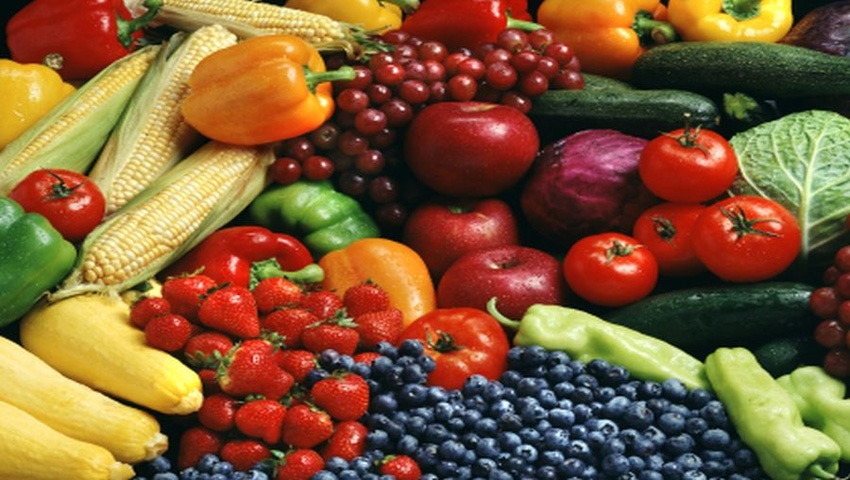Teens Who Eat 3 Daily Servings of Fruit Cut Breast Cancer Risk by 25%
Teenage girls who have a higher fruit intake may lower their risk of being diagnosed with breast cancer as adults, according to a new study published in the journal BMJ. Consumption of apples, bananas and grapes during adolescence was strongly associated with a drop in breast cancer risk. Approximately, three daily servings of such fruits was linked to a 25-percent drop in risk by middle age, compared with consuming just a half-serving per day.

Teenage girls who have a higher fruit intake may lower their risk of being diagnosed with breast cancer as adults, according to a new study published in the journal BMJ.
According to the study, consumption of apples, bananas and grapes during adolescence was strongly associated with a drop in breast cancer risk. Approximately, three daily servings of such fruits was linked to a 25-percent drop in risk by middle age, compared with consuming just a half-serving per day. Fruit juice intake in adolescence or early adulthood was not associated with risk.
For the study, researchers from Harvard T.H. Chan School of Public Health used unique information on diet in early life of 90,476 premenopausal women aged 27 to 44 years who participated in the Nurses’ Health Study II (NHSII) who completed a questionnaire on diet in 1991, as well as 44,223 of those women who completed a questionnaire about their diet during adolescence in 1998. They conducted a detailed analysis of associations between fruit and vegetable intake during adolescence and early adulthood and risk of breast cancer. This included consideration of tumor hormone receptor and menopausal status at diagnosis and the relation of specific fruits and vegetables to risk.
There were 3,235 cases of invasive breast cancer during follow-up to 2013. Of these, 1,347 cases were among women who completed a questionnaire about their diet during adolescence (ages 13-18 years). Total fruit consumption during adolescence was associated with a lower risk of breast cancer. The hazard ratio was 0.75 (95 percent confidence interval 0.62 to 0.90; P=0.01 for trend) for the highest (median intake 2.9 servings/day) versus the lowest (median intake 0.5 serving/day) fifth of intake. The association for fruit intake during adolescence was independent of adult fruit intake. There was no association between risk and total fruit intake in early adulthood and total vegetable intake in either adolescence or early adulthood. Higher early adulthood intake of fruits and vegetables rich in α carotene was associated with lower risk of premenopausal breast cancer. The hazard ratio was 0.82 (0.70 to 0.96) for the highest fifth (median intake 0.5 serving/day) versus the lowest fifth (median intake 0.03 serving/day) intake. The association with adolescent fruit intake was stronger for both estrogen and progesterone receptor negative cancers than estrogen and progesterone receptor positive cancers (P=0.02 for heterogeneity).
About the Author(s)
You May Also Like






.png?width=800&auto=webp&quality=80&disable=upscale)